The Host of June, July and August
History of the collections
Museum Hall
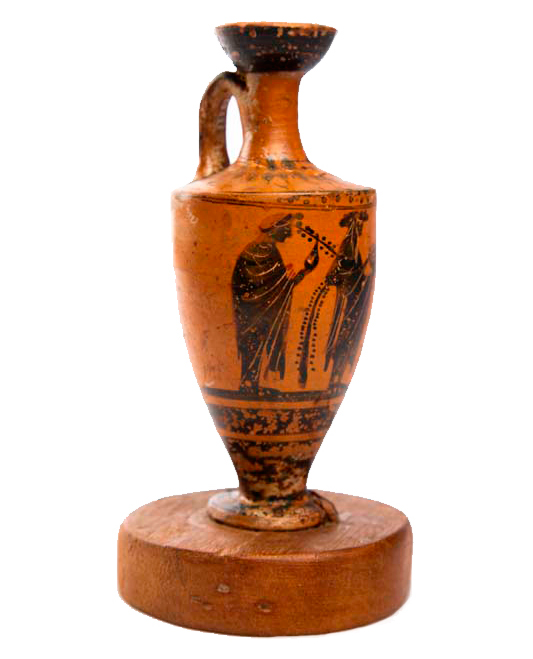
Greek lekythos
6th century B.C. - 5th century B.C.
Pottery slipware
Reg. 1119
Museo Nacional de Colombia
Legacy of Ángel Cuervo Urisarri (9.12.1898)
A Lekythos Bequeathed from Antiquity
This is a lekythos —a vessel made in Ancient Greece— used for domestic, ritual or funerary purposes. Greek ceramic vessels were divided into two types: those intended for drinking and those used to store oils and perfumes, as is the case of this lekythos. This object was crafted using the black-figure pottery painting technique, painted on a red background. Stylistically, it corresponds to the end of the period of the Attic black figure. This is evident in the hasty lines of the forms depicted in the scene, and in the presence of incisions carved with a sharp object on the painted forms. The depiction of vines that evoke wine allows us to speculate on the identity of the character drawn on the middle part of the scene: bearded and crowned, it could be Dionysus, God of wine[1].
This lekythos was part of the collection assembled in Europe by Colombian Ángel Cuervo Urisarri (1838-1896). According to Cuervo's testamentary legacy, his collection was bequeathed to the National Museum of Colombia in 1898 by his brother, the philologist Rufino Jose Cuervo (1844-1912). The ancient objects in this collection came from the Hellenic and Italic contexts —archetypes of classical antiquity— and from Egypt. The latter cultural area had been inserted into the Western historical narrative about the Ancient World since the early 19th century, thanks —among other reasons— to the decipherment of Egyptian hieroglyphs. Antiques from the Mediterranean world had drawn attention of European elites since the Renaissance. Collection practices for these antique artifacts developed following the discoveries of Pompeii and Herculaneum in the 18th century, and by the time Ángel Cuervo decided to cultivate them as an amateur at the end of the 19th century, they were notoriously specialized.
The arrival of this lekythos and the other Cuervo's antique objects to the National Museum of Colombia brought forward into its collections a sense of cosmopolitan taste developed by the Cuervo brothers, which was of a noticeably Eurocentric nature. At that time, the Museum already housed an inchoate collection of the so-called pre-Hispanic antiquities. This materiality was increasingly being valued by local scholars, who contributed to incorporate these objects into the emerging international field of American antiquities.
[1] Characteristics of this vase were singled out by Anne Coulié, Chief Curator of the Department of Greek, Etruscan and Roman Antiquities at the Louvre Museum, when she visited the National Museum of Colombia in 2013.
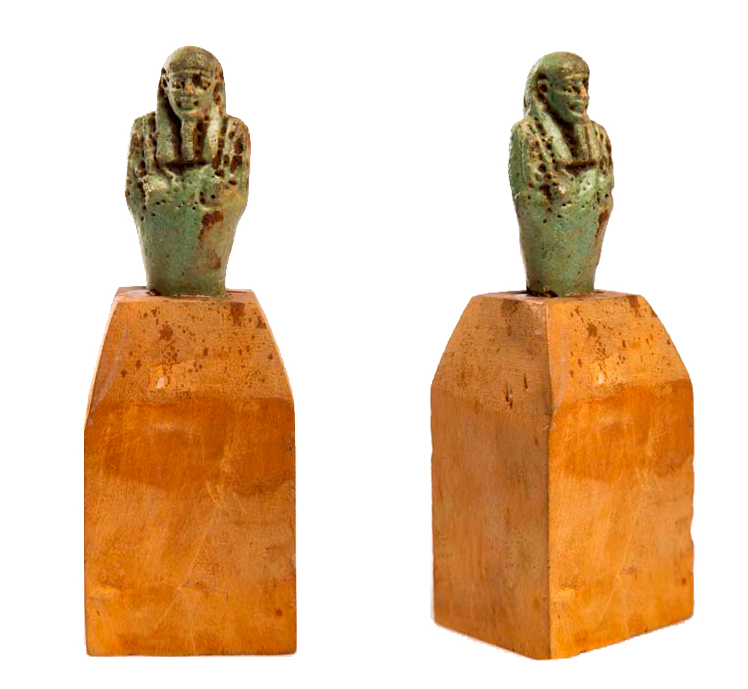
Egyptian funerary figure
Date unknown
Pottery slipware
14,2 x 5 x 4,4 cm
Reg. 918
Museo Nacional de Colombia
Legacy of Ángel Cuervo Urisarri (9.12.1898)
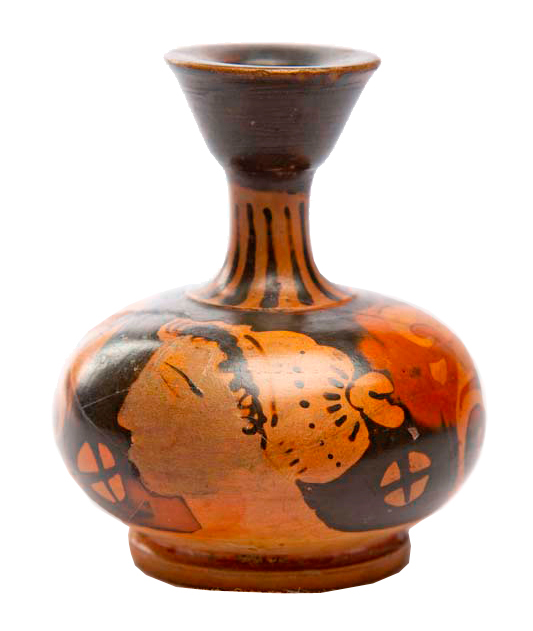
Italiot vase
S. IV B. C.
Pottery slipware
8,8 x 7,7 cm
Reg. 1120
Museo Nacional de Colombia
Legacy of Ángel Cuervo Urisarri (9.12.1898)

Italiot lekythos
Date unknown
Pottery slipware
9,6 x 5,6 x 5,1 cm
Reg. 1123
Museo Nacional de Colombia
Legacy of Ángel Cuervo Urisarri (9.12.1898)
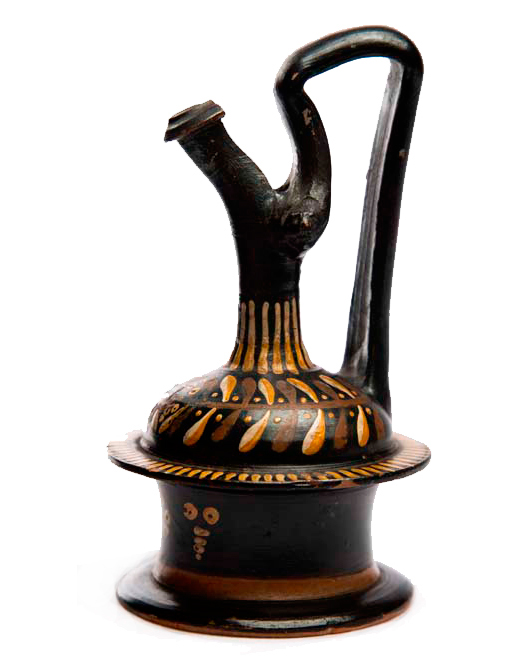
Etruscan vase
S.IV b. c.
Pottery slipware
14,5 x 8 x 8 cm
Reg. 1128
Museo Nacional de Colombia
Legacy of Ángel Cuervo Urisarri (9.12.1898)
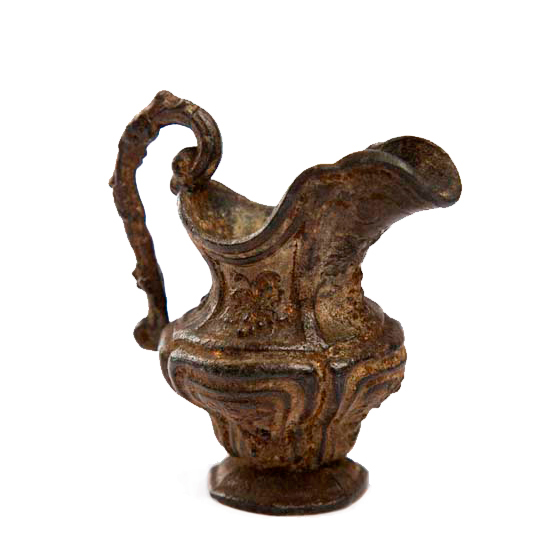
Small Roman style bronze jug
Date unknown
Cast bronze
8,2 x 7,63 x 5 cm
Reg. 916
Museo Nacional de Colombia
Legacy of Ángel Cuervo Urisarri (9.12.1898)
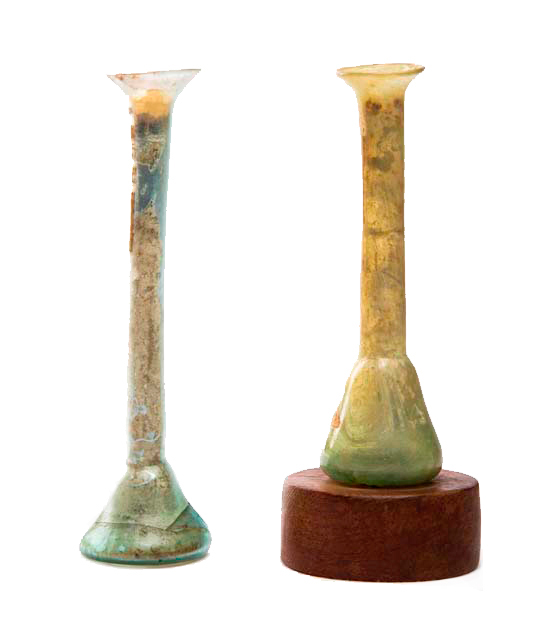
Two pompeian Lachrymator
bottles in glass (oilers)
Date unknown
Molten glass
14,7 x 4,2 x 4,2 cm y 12,5 x 3,8 x 3,8 cm
Reg. 917
Museo Nacional de Colombia
Legacy of Ángel Cuervo Urisarri (9.12.1898)